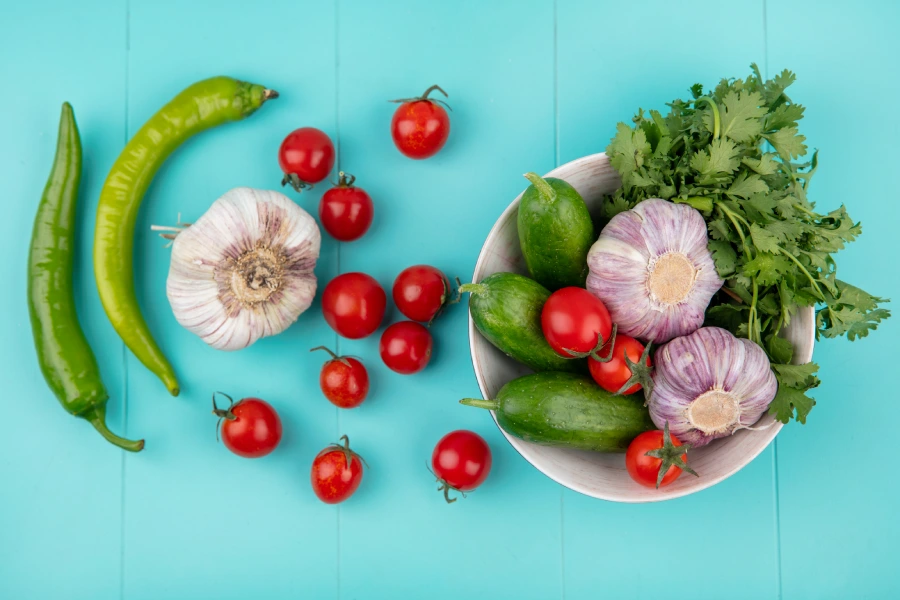In the heartland of the Middle East lies a treasure trove of culinary delights: Iranian vegetables. Enriched by millennia of agricultural heritage and nurtured by diverse climates, Iran’s vegetable produce offers a tantalizing array of flavors, textures, and health benefits. Let’s embark on a journey through this verdant landscape to uncover the secrets and delights of Iranian vegetables.
The Bounty of Iranian Vegetables
Iran’s varied topography, stretching from lush valleys to arid plateaus. Provides an ideal environment for cultivating an extensive range of vegetables. From the fertile plains of Gilan and Mazandaran in the north to the sun-drenched fields of Fars and Kerman in the south. Each region boasts its unique assortment of crops.
Iranian Vegetables: A Gastronomic Delight
The culinary traditions of Iran place a significant emphasis on fresh. Locally sourced ingredients, with vegetables occupying a central role in many dishes. Eggplant, tomatoes, cucumbers, pumpkin, chili pepper and bell peppers feature prominently in salads, stews, and kebabs, infusing meals with vibrant colors and robust flavors.
Health Benefits of Iranian Vegetables
Beyond their culinary appeal, Iran vegetables offer a myriad of health benefits. Rich in vitamins, minerals, and antioxidants, they contribute to overall well-being and vitality. From the heart-healthy properties of tomatoes to the immune-boosting effects of garlic and onions, incorporating Iranian vegetables into your diet can help promote longevity and vitality.
Cultivation Practices and Sustainability
Iranian farmers employ a blend of traditional wisdom and modern agricultural techniques to cultivate vegetables sustainably. From terraced fields in the mountainous regions to sophisticated irrigation systems in the desert. Efforts are underway to ensure the long-term viability of vegetable production while preserving the natural environment.
Exploring Iranian Vegetables: Culinary Inspiration
For those seeking culinary inspiration, Iran vegetables offer a rich tapestry of flavors waiting to be explored. From classic dishes like khoresh-e bademjan (eggplant stew) and salad shirazi (cucumber and tomato salad). To innovative creations incorporating locally grown produce, the possibilities are endless.
In Conclusion
Iran vegetables represent not just a source of sustenance but a testament to the rich cultural heritage and agricultural ingenuity of this ancient land. Whether enjoyed fresh from the market or incorporated into elaborate recipes, they embody the essence of Iran’s culinary traditions and the bounty of its fertile soils. So, let’s celebrate the diversity and abundance of Iranian vegetables and savor the flavors of this culinary journey.
In conclusion, Iranian vegetables stand as a testament to the rich cultural heritage and agricultural ingenuity of this ancient land. From the fertile plains to the rugged mountains, the bounty of Iran’s vegetable produce is a testament to its diverse geography and vibrant culinary traditions. So, let’s celebrate the richness of Iran vegetables and embark on a culinary journey through this land of plenty.


Leave a Reply